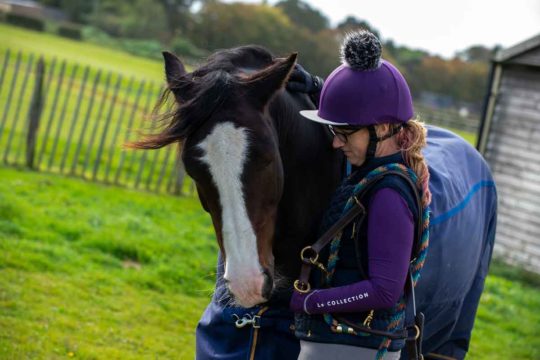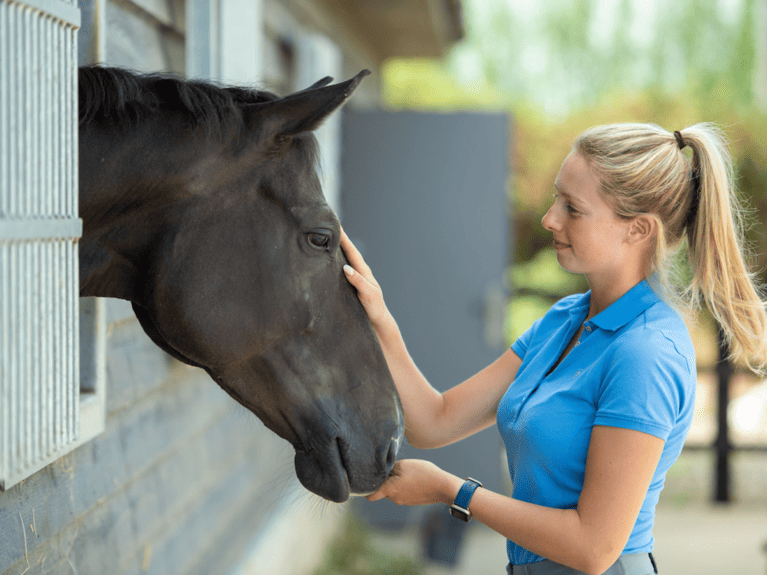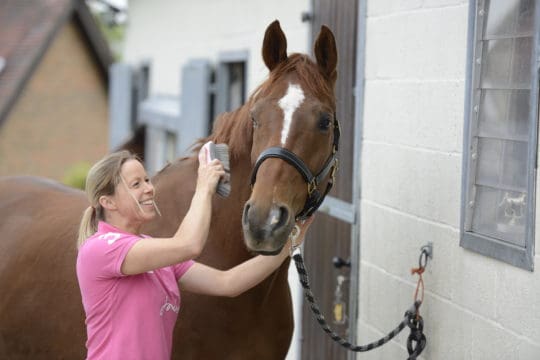
Most Read Articles

We have some top tips to cut costs without compromising on care
As much as we love our four-legged furry friends, they do cost us an arm and a leg to care for and maintain. Even so, we’d all go above and beyond to make sure they’re well looked after – in fact, we probably look after them better than we look after ourselves! If you’re struggling with finances, we have a few tips to help you save money when caring for your horse. And remember, horses love us for who we are, not according to the size of our wallets.
- Bulk buy – if you’re on a yard with other people who pay for their feed/hay separately, ask them if they’re happy to do one big feed order. Most suppliers will offer a reduced rate for delivering in bulk, so this could save you a few pennies.
- Water butts – with all the rain we’ve had over summer, you should have enough for a year’s supply of water! Joking aside, though, a water butt is a great way to save money, especially when it comes to filling up water troughs – but make sure you buy a filter for the water butt so your horse is having filtered rainwater that’s safe to drink.
- Vet bills – although this sometimes can’t be avoided, there are ways you can reduce the likelihood of a vet callout. Be sure to keep your horse up to date with worming, dental checks, the saddler, vaccinations and the physio to keep him feeling in tip-top condition. Although this may seem expensive, it will be cheaper than paying for veterinary treatment in the longer term and will help prevent your horse from being injured, ill or in pain.
- Think before you buy – when buying items for your horse, such as boots, tack or rugs, consider whether it’s something you actually need. It’s so easy to be sucked into ‘I want’ rather than ‘I need’, so next time you’re at an event or tack shop, ask yourself whether you simply want that item or if it’s something that’s completely necessary.
- Check the sales – if you’re prepared to wait, you can pick up bargains in the sales, especially for items that are out of season or have been replaced by newer models or designs. Your horse won’t care if he’s wearing last year’s rug colour.
- Repair instead of replacing – before you throw an item away, check if it can be repaired instead. Some items might need to be repaired by a professional but there will be other repairs that you can do yourself.
- Consider second-hand – if you’ve decided you really do need that new rug or those fab boots, see if you can find the item or something similar on a second-hand shopping site. It’s often surprising what people decide to part with, even when the item is in good condition. You could offset the cost of your purchases by selling unwanted items yourself, too.
- Share transport – if you hire transport, ask around to see if there’s anyone who wants to grab a lift and share the cost. In fact, if you’re not going out all the time, hiring transport can be more economical than having your own in the long term.
- Shoeing – whether you have a new horse or one you’ve owned for a long time, ask your farrier what’s best for your horse and if you could make any changes. For example, instead of a full set of shoes, your horse may only need them at the front. There’s a big difference in cost when you don’t need a full set of shoes!
- Loan or share – putting your horse up for part-loan or share can really help cover the costs of owning him. The thought of a stranger riding your horse might seem scary at first, but you can take your time to find the right person for your horse. You can come to an agreement on their level of financial contribution and what you want them to do but always make sure you record this agreement in writing in case you need it for future reference.
- Bedding – think about the kind of bedding you use and whether you can swap it to a type that’s more absorbent and doesn’t necessarily need to be removed every day. Some types of bedding only need to be removed once a week and if your horse tends to wee in one part of his stable, you’ll only need to take out the wet and won’t have to do a full daily muck out.
- Take up cycling – if you don’t live too far from your yard, cycle there on days when you don’t have to transport anything large (small items can be carried in a backpack). It will help keep you fit, too.











